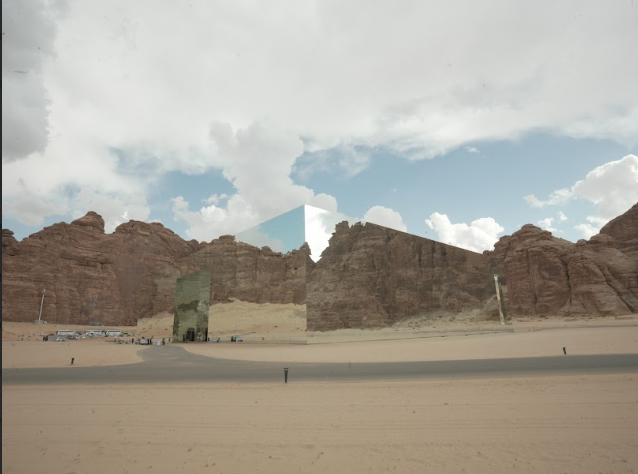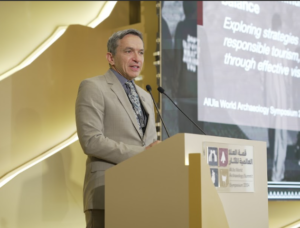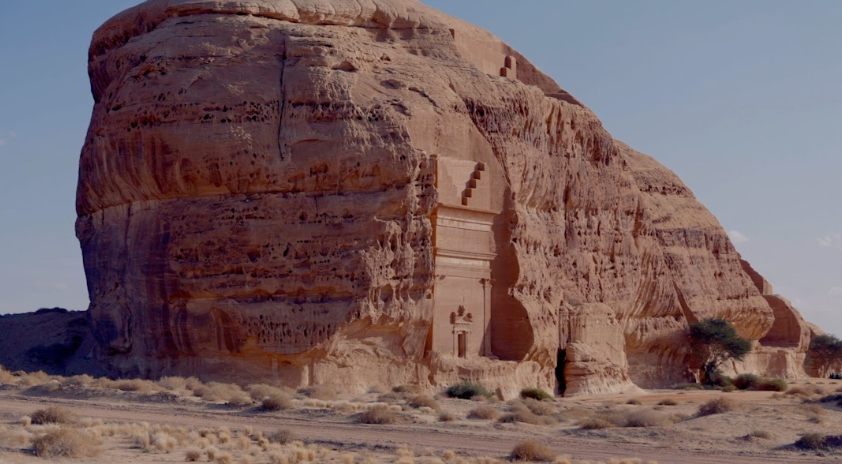AlUla World Archaeology Symposium wraps up
Royal Commission for AlUla opens nominations for award for young scholars in archaeology and cultural heritage

A global assembly of experts in archaeology and cultural heritage has begun to chart a way forward for those fields to find solutions to modern challenges. On the second and last day of the AlUla World Archaeology Symposium (AWAS 2024) at Maraya, AlUla, Saudi Arabia, these specialists, representing five continents, engaged in workshops and emerged with a robust and comprehensive set of recommendations.
From the depth and breadth of their insights, two paramount themes emerged: amplify the involvement of local communities; and play a proactive role in mitigating the impacts of climate change.
Dr Abdulrahman Alsuhaibani, Vice President of Culture at the Royal Commission for AlUla (RCU), which organised the symposium, said: “The new approaches that our experts propose represent a significant and successful outcome for AWAS 2024 as a progressive and leading platform for dialogue and collaboration. RCU is committed to leveraging these insights to sustain the conversation as we prepare to convene again for the AlUla World Archaeology Summit in 2025.”

On community involvement, the expert recommendations included:
- Archaeological projects should be longue durée (long-term), so that community relations can be sustained and strengthened over time.
- Prioritise community needs by adapting archaeological enquiries to address these requirements.
- Foster community engagement through accessible public lectures and similar events.
- Cultivate community pride by asking residents about their names for local traditions, sites and objects to incorporate in research dissemination.
- Engage with the community in order to discourage illegal sales of artefacts by local residents.
Christopher Polglase, co-chair of the cultural-heritage section of the International Association for Impact Assessment, noted that the method of education archaeologists needs to change. Alongside the techniques of “dirt archaeology”, he said, universities should teach about the principles and practices of community inclusion.
As for climate change, Dr Seke Katsamudanga, associate professor of archaeology and heritage management at the University of Zimbabwe, bluntly observed: “Things are no longer what they were.” Recommendations for how archaeologists and heritage practitioners can play a role included:
- Protect archaeological sites with natural solutions, such as planting trees and mangrove forests.
- Advocate for enhanced governmental protection of cultural heritage sites against environmental degradation; if necessary, create frameworks to enable such protection.
- Utilise ancestral wisdom, such as the Bedouin peoples’ methods of harvesting water in the desert, to inform contemporary solutions.
“Let us rehabilitate the old knowledge. Let us document it. It is vanishing and it is most important to reconcile tradition with modern needs,” said Dr Hans Georg Gebel, an archaeologist and anthropologist associated with Free University of Berlin.

The experts’ recommendations echoed several of the points in a keynote address earlier in the day by Peter DeBrine, a senior official in the heritage and sustainable-tourism programme at the UNESCO World Heritage Centre.
DeBrine said tourism brings both benefits and risks for heritage sites. Adapting a South-East Asian adage, he said it “can warm up the soup or burn down the house.”
The keys to making tourism beneficial, he said, include engaging with stakeholders, promoting a collective vision for change, creating effective governance and management models, and developing shared values and responsibilities.
“Better places to live are better places to visit,” he said.
Advocating for authenticity, DeBrine stated that “crappy souvenirs” should be replaced with locally crafted alternatives, and sites should be inventive in their storytelling and avoid “UNESCO-speak”. As a creative example, he cited a visitor centre in Iceland that incorporates the charred shell of a home heavily damaged by a volcano in the 1970s.
DeBrine said more tourism money should be spent at cultural institutions so they are not always last in line after airlines, hotels, restaurants and souvenir shops.
He commended AlUla, which RCU is regenerating as a cultural and natural heritage destination, as being “on a very sustainable path”.
AWAS 2024 built on the momentum of last year’s inaugural AlUla World Archaeology Summit. Summit and symposium alternate annually, with the summit as a space for high-level dialogue on contemporary issues in archaeology and cultural heritage that is both academic and accessible, and the symposium as a more intimate gathering for deeper thematic academic conversations.
Away from the Maraya symposium venue, AWAS 2024 delegates visited heritage sites including AlUla Old Town; an archaeological dig at the Early Islamic city of Qurh; the petroglyphs of Jabal Ikmah; the UNESCO World Heritage Site at Hegra; and Dadan, the ancient seat of the Dadanite kingdom. Delegates also enjoyed a sneak preview of the Middle East’s first showing of masterpieces from the Museo Archeologico Nazionale di Napoli (MANN), running 7 Nov to 14 Dec at Maraya.
Looking to the future, RCU announced that nominations have opened for the AWAS Youth Excellence Award. The award recognises young scholars and practitioners, aged 18 to 35, who are making a difference in cultural heritage and archaeology


Comments are closed.